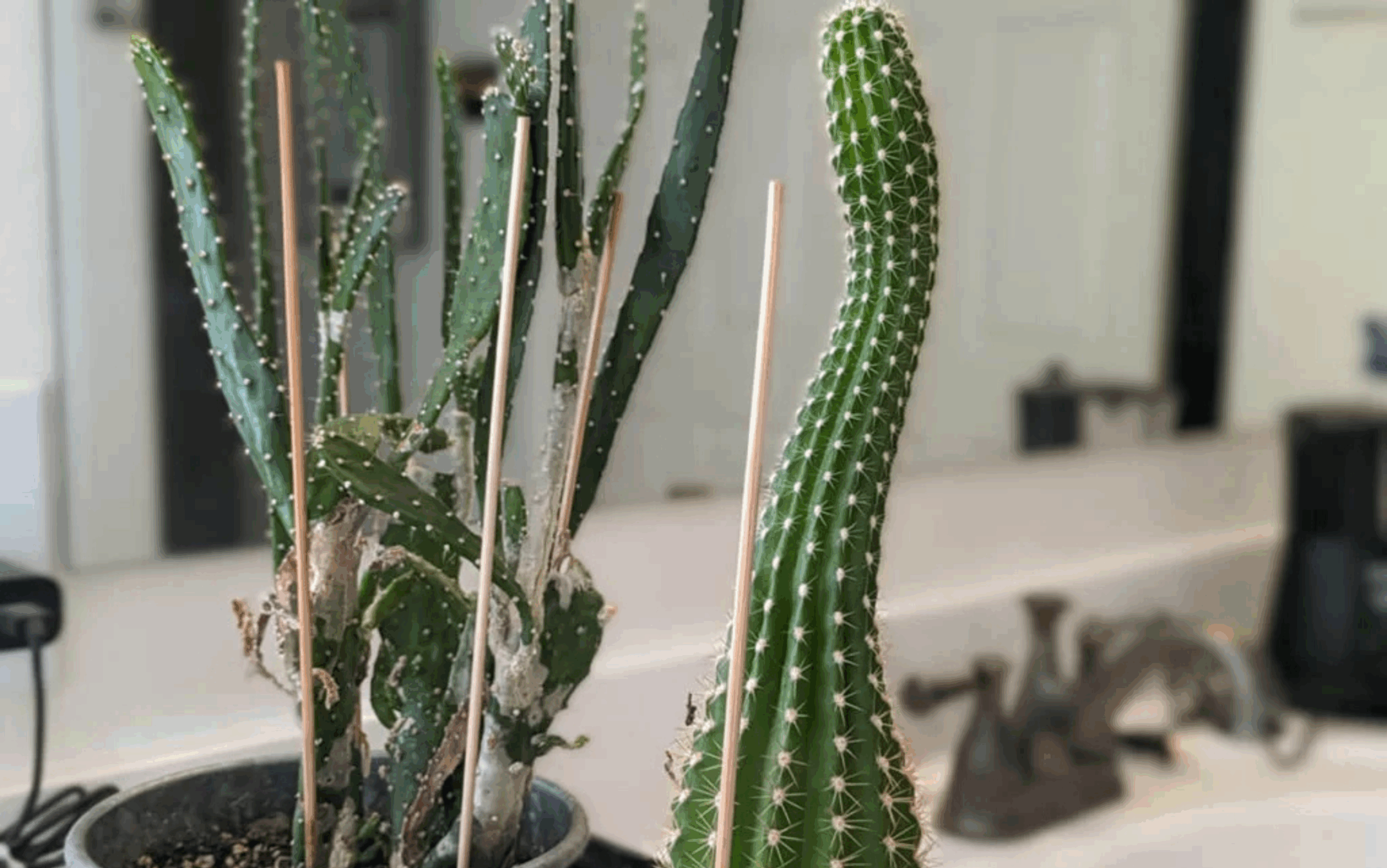


If your plants suddenly start producing long, thin, pale shoots during winter, it’s not healthy growth – it’s stress. This phenomenon is called etiolation, or in everyday terms, stretching. It’s one of the most common signs that your plant isn’t getting enough light.
Here’s how to recognize light-deprived plants, understand what’s happening inside them, and fix the issue before it gets worse.
Etiolation (often called stretching) describes a growth imbalance caused by a lack of light.
When light becomes insufficient, plants respond by growing longer stems in an attempt to reach more light. But that comes at a cost – the stems are weak, the leaves small, and the color fades.
Long, thin, weak stems
Pale or yellowish leaves
Large gaps between leaf nodes
Leaning or unstable growth
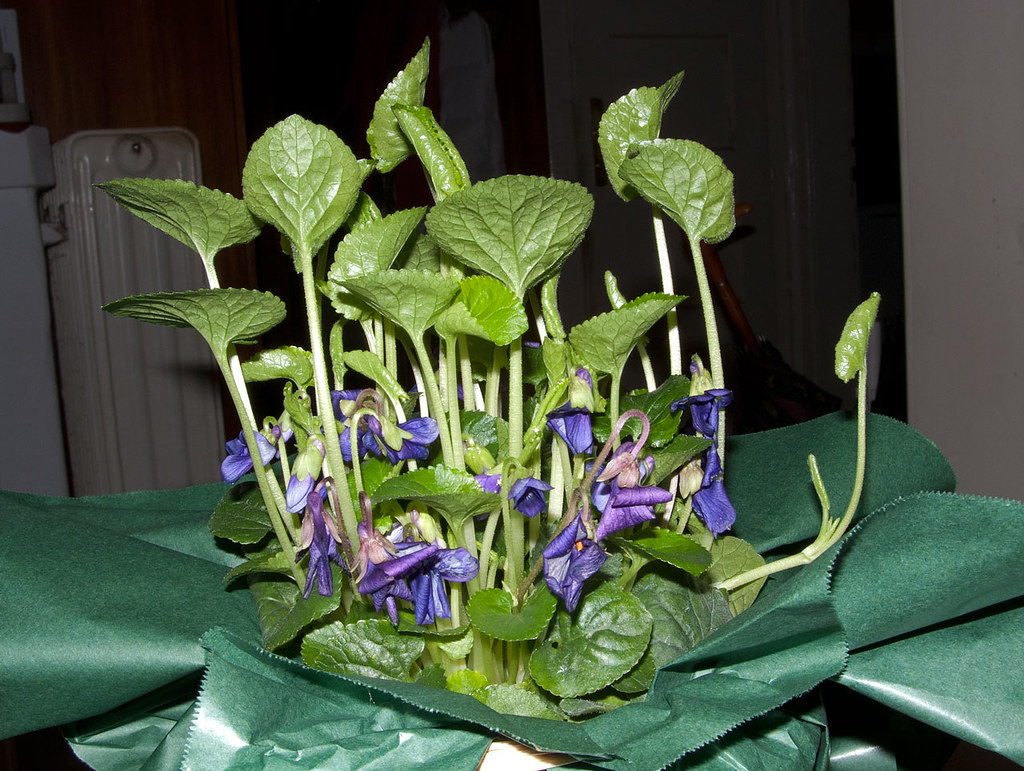
Plants rely on light for photosynthesis – their main source of energy. When that energy source disappears, they switch into “survival mode”: rapid growth to reach light, sacrificing strength and color along the way.
Low-light placement: Even a windowsill may not provide enough light in winter.
Short daylight hours: The overall light intensity drops drastically during fall and winter.
Obstructed light: Curtains, dirt on windows, or nearby furniture can all block light.
Wrong plant for the spot: Sun-loving species like Alocasia or Ficus will stretch faster than shade-tolerant plants like ferns or Zamioculcas.
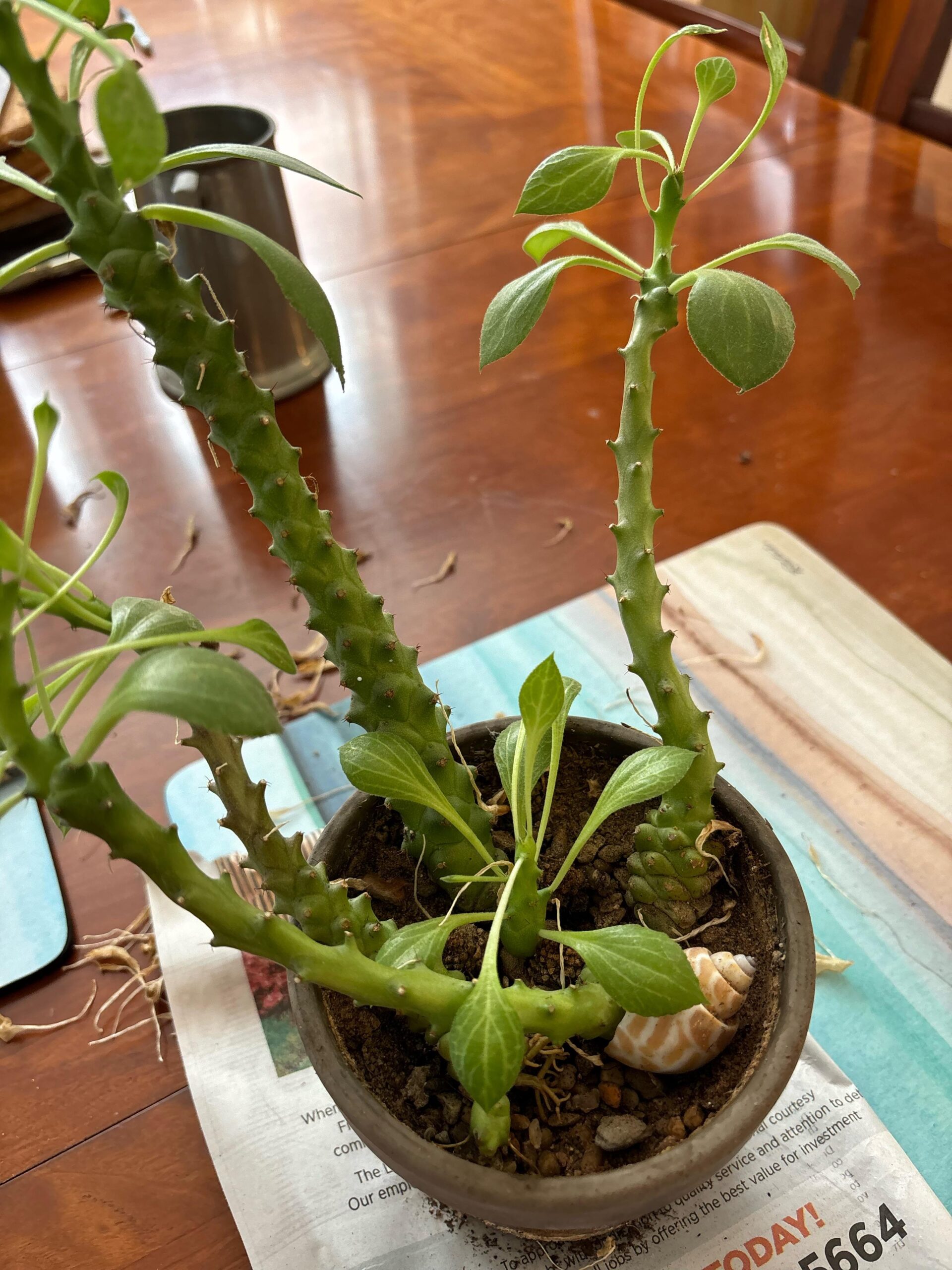
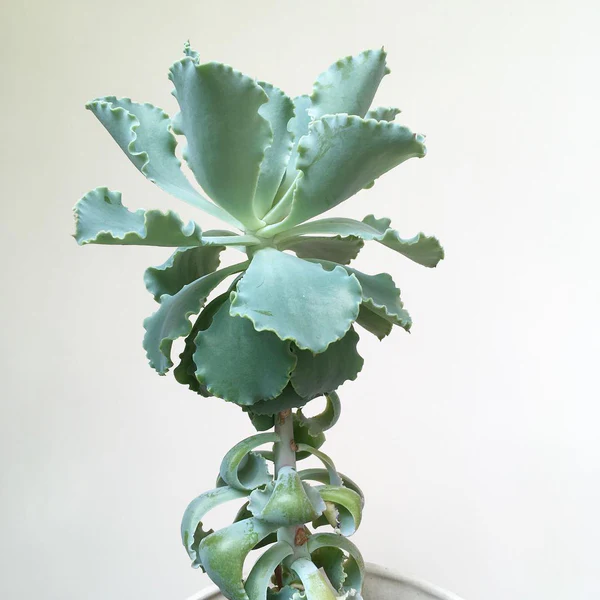
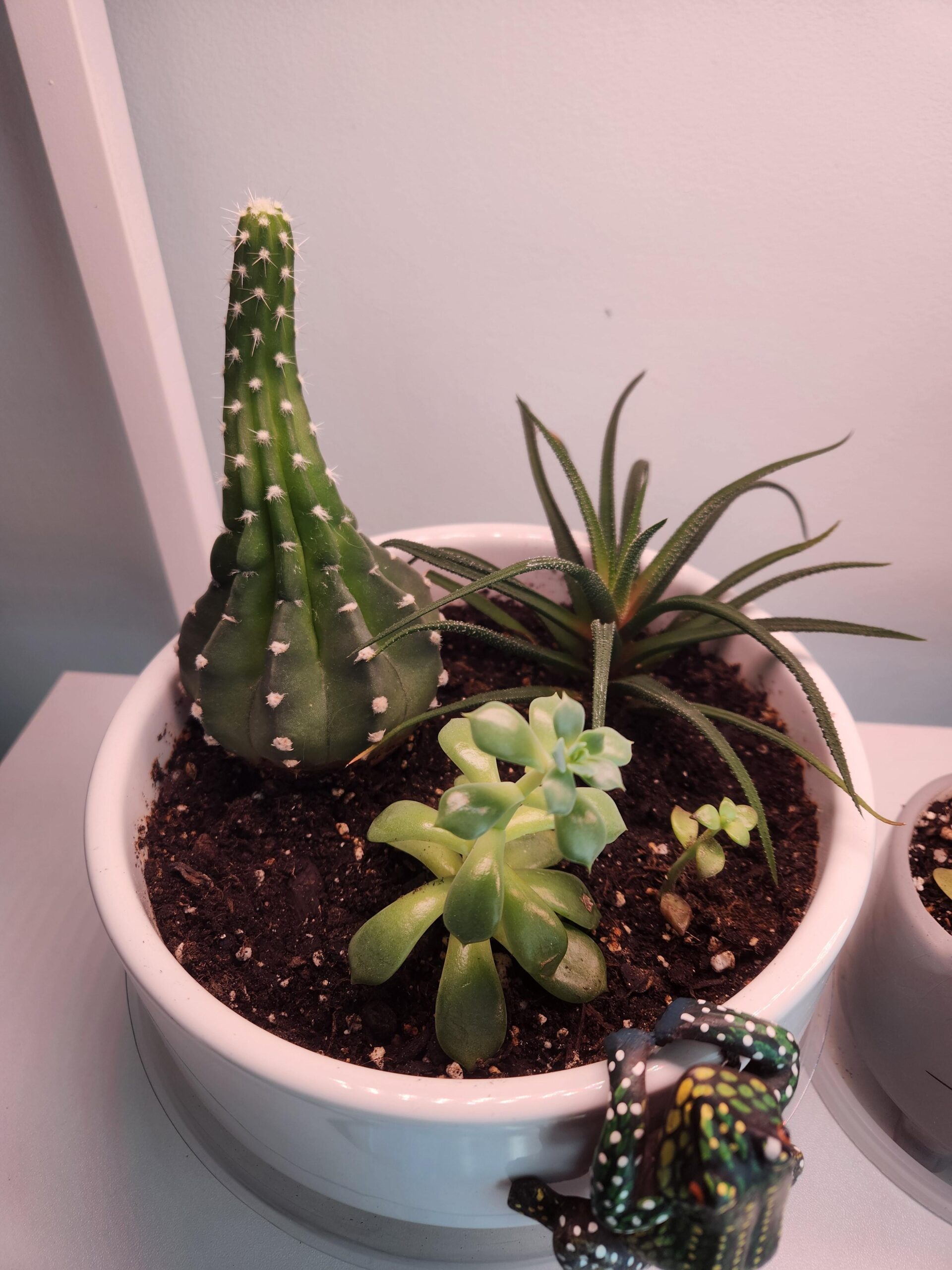
The good news: stretched plants can often be saved — and the problem is preventable.
Move the plant to the brightest possible location – ideally right next to a south- or west-facing window.
If that’s still not enough, use a grow light with a full light spectrum to supplement daylight, especially in winter.
Once spring returns and light levels improve, prune the stretched stems. Most plants will respond by growing back denser and stronger.
With a FYTA Sensor, you can accurately measure how much light your plants actually receive.
The FYTA App shows you whether the spot is bright enough — and alerts you before your plant starts stretching. No more guesswork, no more weak stems.
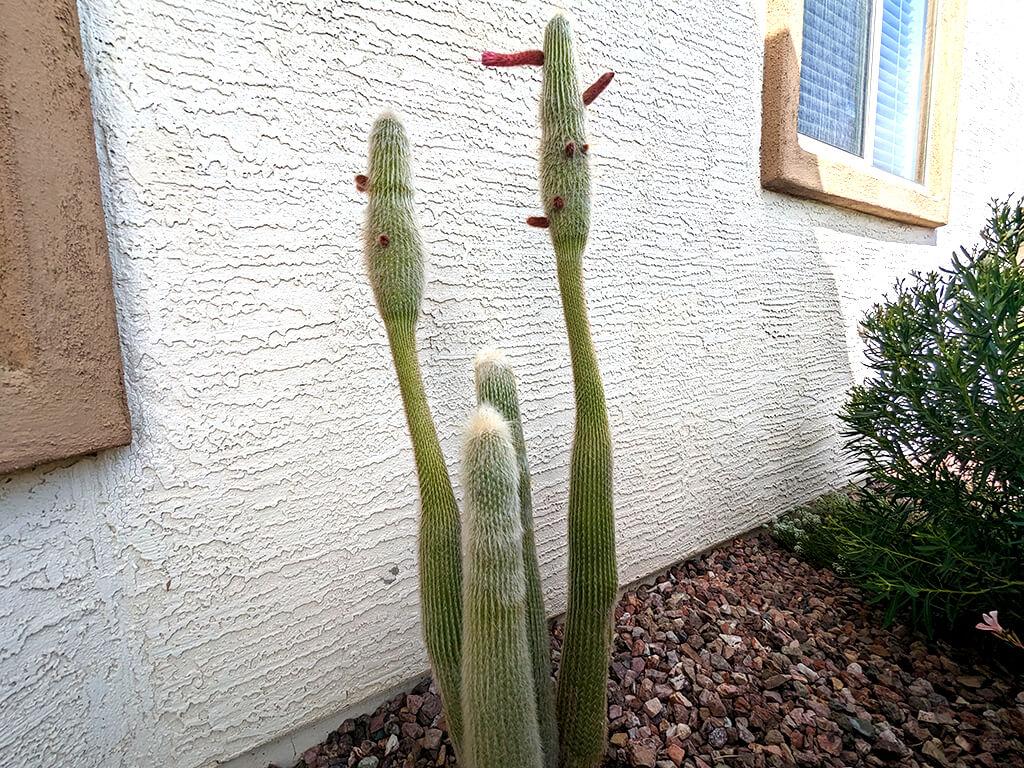
Once a stem has stretched, it won’t thicken or regain its normal color.
However, you can often propagate healthy tops from the plant: simply cut and re-root them to grow compact, healthy new plants.
Etiolation isn’t a disease — it’s a message.
Your plant is telling you it needs more light.
With the right setup, a bit of technology, and attention to natural light cycles, you can keep your plants sturdy, balanced, and thriving — even through the darker months.
When you understand light, your plants stop stretching — and start growing strong.
